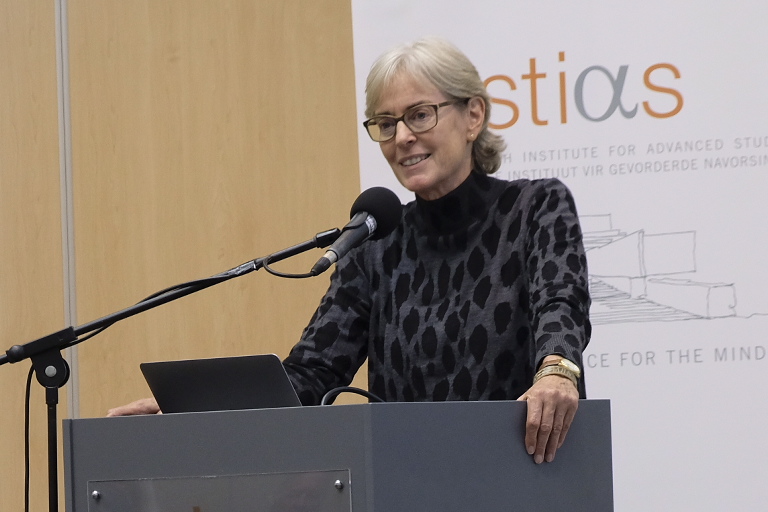Social interactions are central to most organisms and the social environment experienced by an individual influences its behaviour and ultimately its (evolutionary) fitness. A challenging situation here is that the social environment is characterized by a high degree of flexibility and intrinsic unpredictability and thus is considered to be the most complex and fluctuating component of an individual’s environment. My research focusses on social interactions in an evolutionary framework and uses an integrative approach to analyse how differences in the social environment lead to differences in social interactions that translate into fitness differences between individuals. Questions I address are: How important are social interactions for cooperation? What are the underlying endocrine and neural mechanisms of patterns of social interactions? Does a socially stressful situation for a mother influence her daughters’ social and reproductive behaviour? Can neuroendocrine systems reported to regulate inter-specific differences in social behaviour also explain intra-specific individual differences in social interactions? Is intra-specific variation in social interactions represented in gene expression patterns in brain regions important for social behaviours? What is the genetic architecture of naturally varying social traits observed in free-ranging animals? Can indirect genetic effects explain the evolution of social partner choice?

Project
Conspecifics matter – An integrated approach to reveal the basis and the significance of social interactions
Related to Conspecifics matter – An integrated approach to reveal the basis and the significance of social interactions

Event
Conspecifics matter: Revealing the basis and the significance of social interactions - STIAS Public Lecture by Barbara König
This will be a hybrid event with limited spaces for in-person attendance, register here by 24 May 2022 Barbara König, Professor Emerita at the Department of Evolutionary Biology and Environmental Studies, University of Zurich and STIAS fellow will present a public lecture with the title: Conspecifics matter: Revealing the basis and the significance of social interactions Abstract Social interactions play a crucial role in the lives of organisms, including humans.

Article
Mouse tale reveals the basis and significance of social interactions - STIAS Public lecture by Barbara König
Social interactions play a crucial role in the lives of organisms, including humans.
